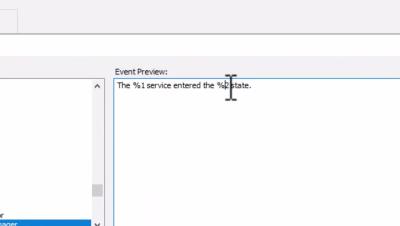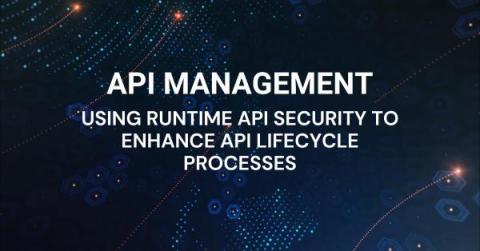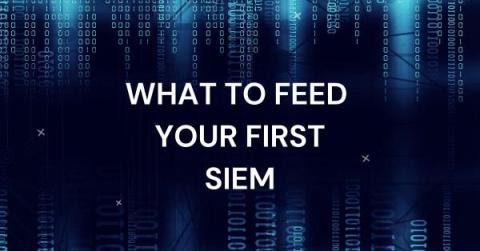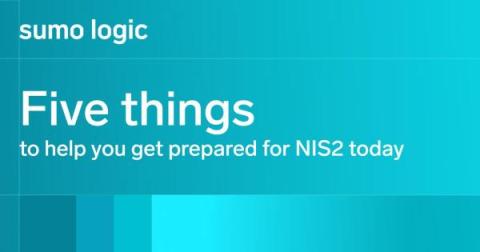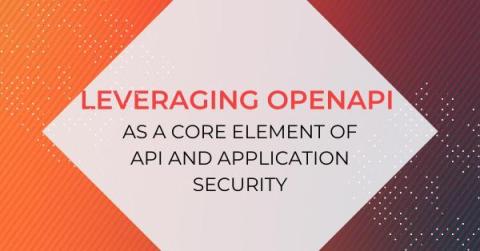Security | Threat Detection | Cyberattacks | DevSecOps | Compliance
December 2023
EventSentry Troubleshooting: Reducing the number of email notifications
API Management: Using Runtime API Security to Enhance API Lifecycle Processes
Hardening Graylog Encryptify Your Log Supply
SIEM, Simplified
Predict the Future! A universal approach to detecting malicious PowerShell activity
So, here’s the deal with AntiVirus software these days: It’s mostly playing catch-up with super-fast athletes — the malware guys. Traditional AV software is like old-school detectives who need a picture (or, in this case, a ‘signature’) of the bad guys to know who they’re chasing. The trouble is, these malware creators are quite sneaky — constantly changing their look and creating new disguises faster than AntiVirus can keep up with their photos.
Feeding Your First SIEM with Graylog
M-21-31 logging compliance: Overcoming the 3 top challenges
NIS2: Prepping your cybersecurity plan
Mashing Bananas What to Feed Your First SIEM
What Goes Into the Cost of a SIEM?
As we’ve covered before, SIEMs are an expensive tool. The average enterprise-level SIEM deployment costs over £15 million a year, and operating a small, 100 to 1000-seat SIEM will still run up bills of over £10k monthly. SIEMs create spiralling costs that eat security budgets. Without a skilled team operating them, they can also make organisations less secure despite receiving more information about their digital estates. But where do these SIEM costs come from?
CVE-2023-36553: Critical OS Command Injection Vulnerability in FortiSIEM
Leveraging OpenAPI as a Core Element of API and Application Security
Unlock the Power of Your SIEM with Co-Managed SOC
Security information and event management (SIEM) systems play a pivotal role in cybersecurity: they offer a unified solution for gathering and assessing alerts from a plethora of security tools, network structures, and software applications. Yet, the mere presence of a SIEM isn't a magic bullet. For optimal functionality, SIEM systems must be appropriately set up, governed, and supervised round-the-clock.
Reflecting on 2023: Evolving our Product, Deepening Partnerships, and Staying Committed to the Security Community
Changes to Datadog Cloud SIEM
In order to help organizations more effectively secure their cloud environments, we are making changes to our Cloud SIEM product. As of December 4, Datadog has introduced a new offering in Cloud SIEM: Cloud SIEM 15-Months Retention, which automatically stores logs for 15 months after ingestion.
Monitor GitHub with Datadog Cloud SIEM
GitHub is a mission-critical software development and version control platform that is used to store proprietary source code and other sensitive data. Monitoring logs generated by activity in your GitHub environment can be useful, as unexpected patterns of behavior could indicate attacker activity or insider threats.



